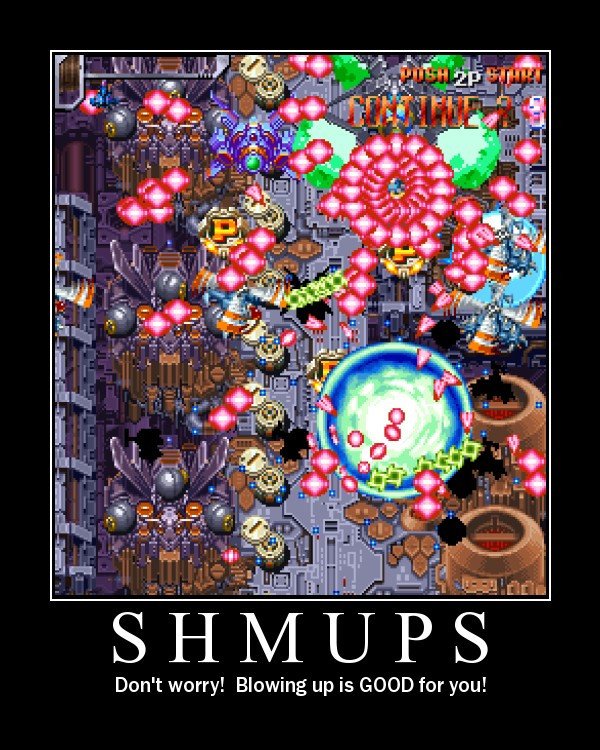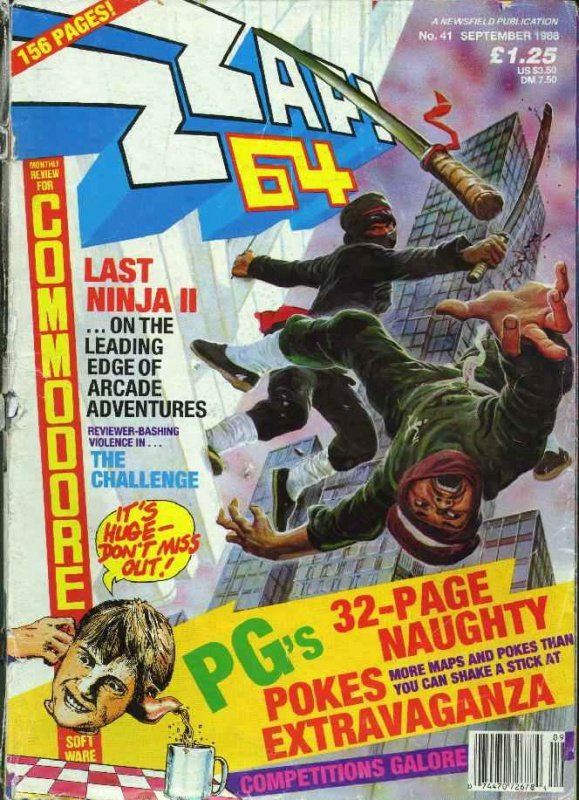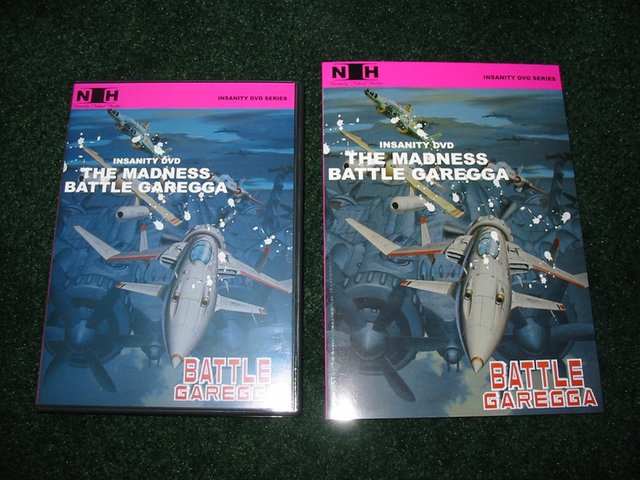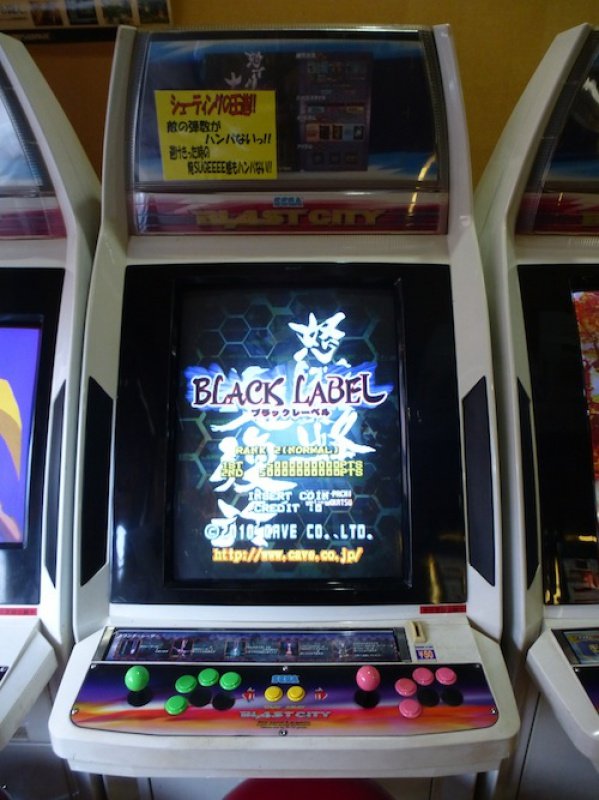
This is the final part of the shmup lexicon terms. You can read the first one here : https://steemit.com/gaming/@ixindamix/lexicon-of-the-terms-of-the-shoot-em-up-games-1st-part
The second part. here : https://steemit.com/gaming/@ixindamix/lexicon-of-the-terms-used-on-shoot-em-up-games-2nd-part
The third here : https://steemit.com/gaming/@ixindamix/lexicon-of-the-terms-used-on-shoot-em-up-games-part-3
The fourth here : https://steemit.com/gaming/@ixindamix/lexicon-of-the-terms-used-on-shoot-em-up-games-part-4
The fifth here : https://steemit.com/gaming/@ixindamix/lexicon-of-the-terms-used-on-shoot-em-up-games-part-5
Shmup:
Contraction and diminutive English shoot em up. This expression was introduced for the first time in Zzap! 64 magazine in 1985.

Superplay:
Not necessarily the prerogative of shmup, superplay is a demonstration, usually made available in video, of a complete part illustrating the talents of a player on a particular title with a precise objective (1cc , No miss, sometimes with a record from the point of view of scoring). Not using any artifice from the world of emulation ("Save States" and other "Tool Assisted Devices" are completely proscribed and do not validate the run), the superplay aims to give envy and put to the challenge, while sharing his discoveries and strategies, players willing to embark on the adventure or eager to improve. A superplay, in addition to being a precious help in elaborating survival plans in certain passages and situations, is also a spectacle as the mastery of the superplayer is sometimes extremely advanced.

Superplayer:
Intense and passionate player specializing in superplaying. Some famous names stand out from the superplayer scene, such as: Ben Shinobi, A-M, SWY, Mr MonkeyMan and so many others ...
Tate:
To be pronounced "ta te", is a vertical screen configuration that allows better legibility on games with this type of scrolling scrolling, although exceptions exist (Gigawing, Aero fighters, Twinkle Star Sprites that use a vertical scroll on a conventional configuration). A screen in 4: 3 format is thus reversed on its edge in order to have this type of display. The game, as for him, is programmed in this direction with a screen resolution greater on the height than on the width. This format is the first used in this kind of games and is still in effect today.

Yoko:
In contrast to Tate mode, the Yoko type display is more standard using a traditional 4/3 format, designed for displaying horizontal scrolling games.